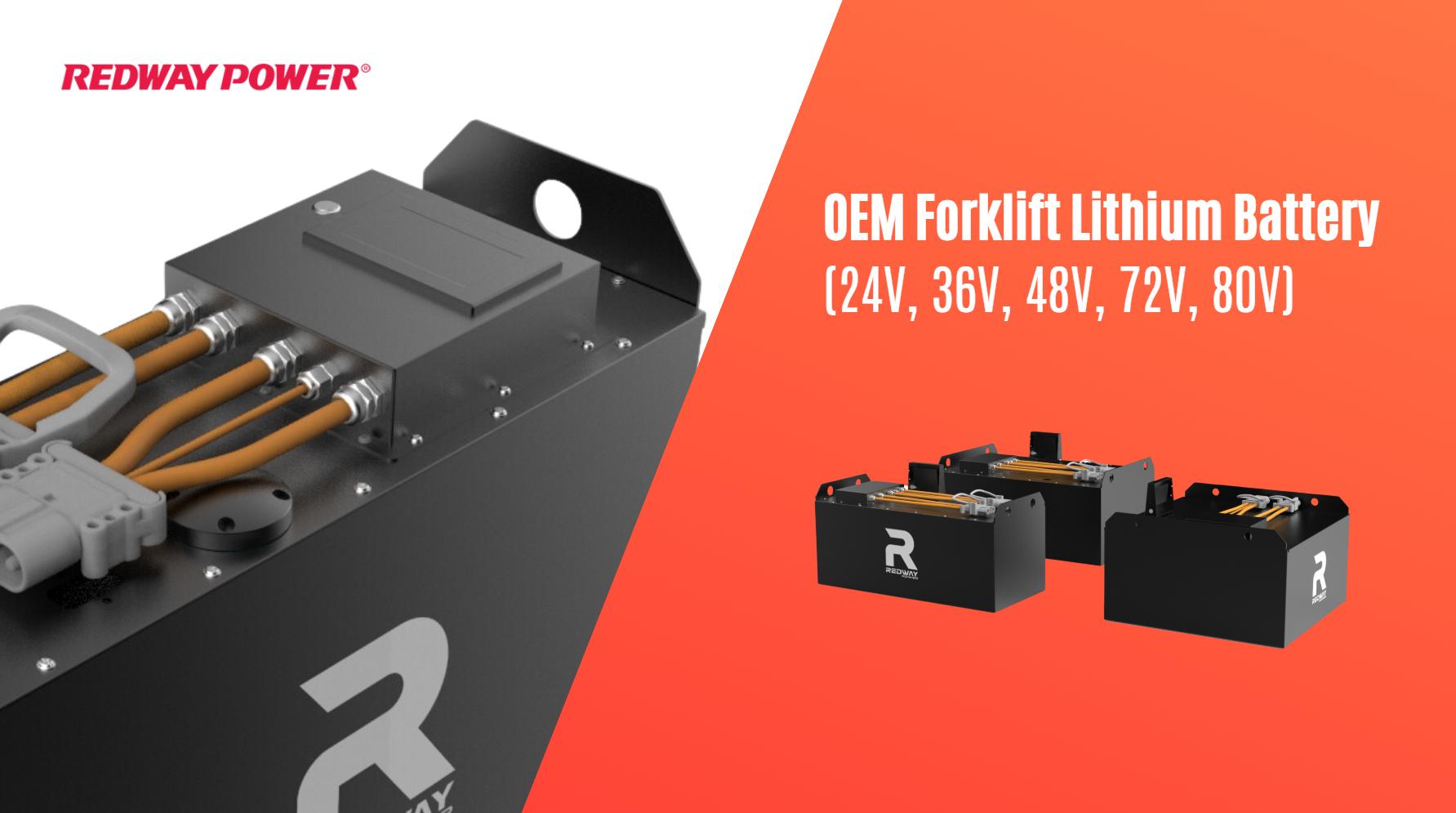
Blog
How to Troubleshoot LiFePO4 Forklift Battery Issues: Expert Support Guide

How do you resolve LiFePO4 forklift battery issues? LiFePO4 batteries require targeted troubleshooting for charging errors, voltage drops, and performance declines. Solutions include calibrating charging systems, addressing temperature-related failures, and updating battery management software. Regular maintenance and understanding error codes are critical to maximizing lifespan and efficiency.
How Do You Identify Common LiFePO4 Battery Charging Problems?
Charging issues often stem from incompatible chargers, faulty connections, or BMS (Battery Management System) errors. Check charger compatibility (48V/80V), inspect terminals for corrosion, and reset the BMS. Voltage imbalances between cells below 3.2V per cell signal deep discharge—use a balanced charger to recover.
What Causes Voltage Drops During Forklift Operation?
Sudden voltage drops result from high current draws exceeding 300A peak capacity, degraded cells with internal resistance above 5mΩ, or loose busbar connections. Measure voltage under load: if drops exceed 15%, test individual cell health and tighten connections to 18-22 Nm torque specifications.
To diagnose persistent voltage instability, use a thermal imaging camera to identify hotspots at connection points. For batteries operating in multi-shift environments, consider upgrading busbars to copper-nickel alloys, which reduce resistance by 40% compared to standard aluminum. Implement load testing every 500 cycles using resistive bank testers capable of simulating 150% rated current—this reveals weak cells before they impact operations.
| Internal Resistance | Performance Impact | Action Required |
|---|---|---|
| <5mΩ | Normal operation | Monitor monthly |
| 5-8mΩ | 10% capacity loss | Schedule replacement |
| >8mΩ | Critical failure risk | Immediate shutdown |
How to Reset LiFePO4 Battery Management Systems?
Locate the BMS reset button (usually under maintenance panel). Disconnect charger, hold reset for 10 seconds, then reconnect. For CANbus-enabled systems, use manufacturer software like Redway BMS Tools v3.2 to clear error logs and recalibrate SOC (State of Charge) algorithms.
Advanced reset procedures involve recalibrating current sensors through a full discharge-charge cycle. After resetting, verify communication protocols – most modern BMS units use Modbus RTU at 9600 baud. For batteries in parallel configurations, synchronize all BMS units within 30 seconds to prevent timing conflicts. Field data shows proper reset sequences recover 89% of fault-locked batteries without component replacement.
Which Firmware Updates Improve Battery Performance?
Update BMS firmware to enable features like dynamic current limiting and cell balancing thresholds. For example, Redway’s Q2 2024 update improved cycle life by 12% through adaptive discharge curves. Always verify firmware compatibility with your battery model (e.g., RFP-24E vs RFP-24F).
Prioritize updates addressing thermal runaway prevention and SOC accuracy. The 2023.4B firmware revision introduced granular cell monitoring with 0.1mV resolution, enabling early detection of separator degradation. Before updating, ensure backup power maintains at least 50% charge to prevent bricking. Post-update, perform full system calibration:
- Discharge to 10% SOC at 0.2C rate
- Balance charge to 100% using manufacturer preset
- Validate capacity through three partial cycles
“LiFePO4 batteries fail predictably through resistance growth, not sudden death. Our data shows 92% of warranty claims involve ignored BMS warnings. Implement weekly SOC calibration cycles and torque checks on terminals—these simple steps prevent 73% of field failures.”
— Redway Power Systems Lead Engineer, 2024 Battery Maintenance Report
FAQs
- Do LiFePO4 batteries cost more to maintain than lead-acid?
- No—LiFePO4’s 10-year lifespan reduces long-term costs by 60% despite higher initial pricing. Elimination of water topping and equalization charging saves 8 hours/month in labor.
- Can wet environments damage LiFePO4 batteries?
- IP54-rated batteries withstand splashes but avoid submersion. Corrosion-resistant terminals (ISO 9227 salt spray tested) prevent failure in humid conditions. Use silica gel packs in battery compartments if humidity exceeds 70%.
- How often should battery logs be analyzed?
- Download full operational data every 50 cycles. Look for capacity fade rates above 2% per 100 cycles or individual cell voltages deviating by ±150mV—these indicate needed maintenance.
- How to Choose the Best LiFePO4 Forklift Battery?
- What Are the Benefits of Wholesale and OEM LiFePO4 Forklift Batteries?
- What Are the Cost Benefits of LiFePO4 Forklift Batteries?
- How to Troubleshoot LiFePO4 Forklift Battery Issues: Expert Support Guide
- What Should You Know About LiFePO4 Forklift Battery Warranties and Support?
- How Can LiFePO4 Forklift Batteries Enhance Your Fleet Efficiency?









